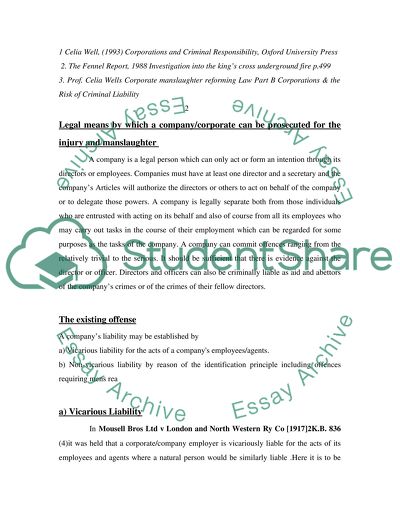Cite this document
(“Employer's Liability Essay Example | Topics and Well Written Essays - 3000 words”, n.d.)
Retrieved from https://studentshare.org/law/1518483-employers-liability
Retrieved from https://studentshare.org/law/1518483-employers-liability
(Employer'S Liability Essay Example | Topics and Well Written Essays - 3000 Words)
https://studentshare.org/law/1518483-employers-liability.
https://studentshare.org/law/1518483-employers-liability.
“Employer'S Liability Essay Example | Topics and Well Written Essays - 3000 Words”, n.d. https://studentshare.org/law/1518483-employers-liability.


